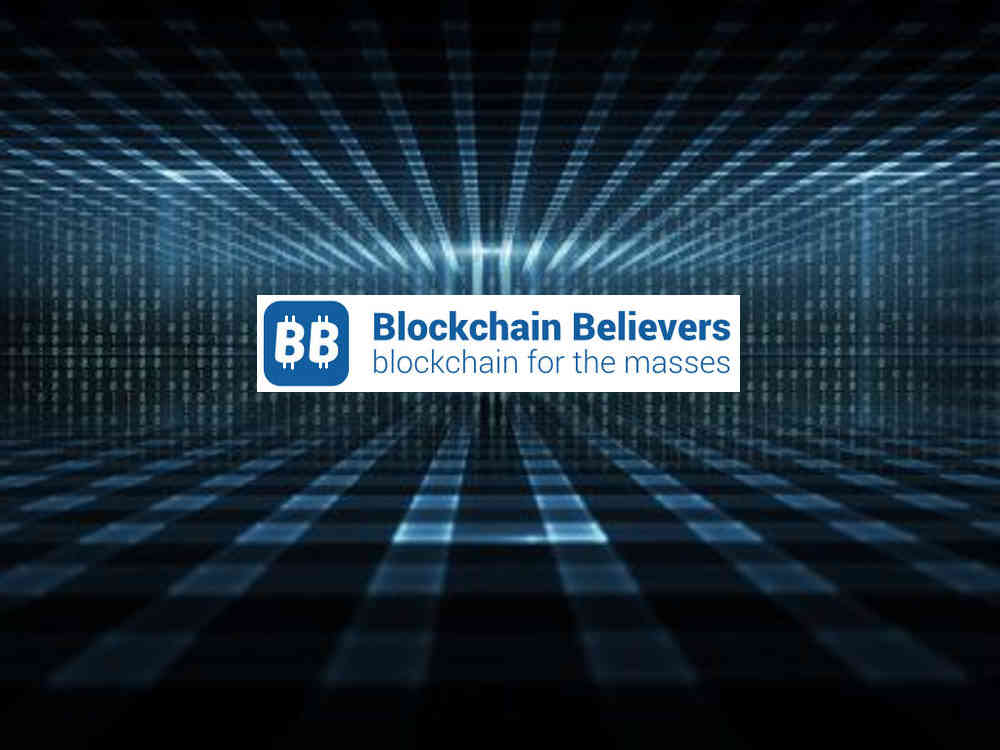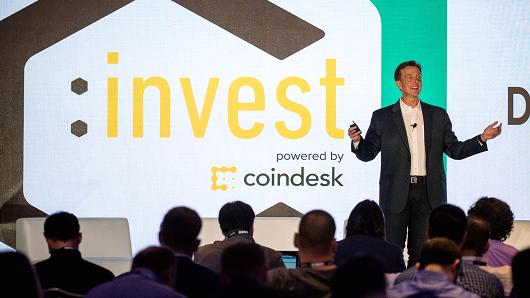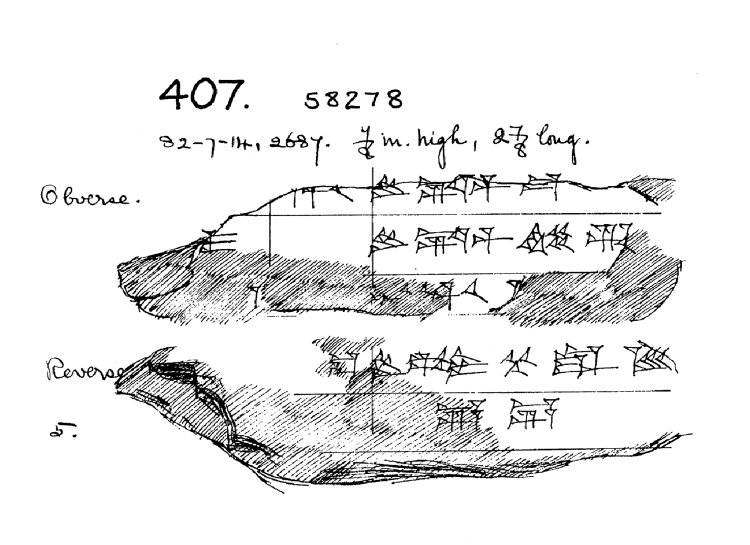Just because the SEC continues to pretend there is nothing new with tokens, and tags most of them as securities, doesn’t mean that tokens are doomed and have no future except for being labelled and treated like securities.
To the contrary, the token model is a fundamental innovation of blockchain technology, and it will eventually gain its footing and respect with the regulators who haven’t yet seized the scope of the paradigm shift that tokens encapsulate.
I’ve been thinking about and analyzing the tokens phenomenon long enough to have acquired a significant depth in perspective [here, here, here, here, here and on Tokenomics]. What I’m seeing now is a significant lack of knowledge and understanding on the part of the gatekeepers of change. We could blame them for not trying hard enough, but we can also blame ourselves for not trying to better explain these changes.
Simplicity increases the chances that the general public, regulators and incumbents of all nature comprehend the need for change.
What makes the token difficult to comprehend is that it is a multiple function abstract, and we are not used to seeing something that simultaneous a) has several functional properties, b) represents diversified units of value, and c) is embodied in a digital form that binds it all together. Tokens are a new beast, and if we keep wanting to fit them or classify them within the previous paradigms or lenses we have, we will fail to seize their beckoning.
Simply put, tokens could simultaneously have properties of a:
- Currency
- Equity
- Financial Instrument
- Reward
- Right
- Digital Asset
So far, we have used separate artifacts to symbolize each of these functions. Then, came the token that melded them together in a mush, causing our mental ability to also become mush.
For currency, we have had the dollar, yen, euro, pound, and scores of sovereign fiats.
For equity, we have share or stock units, and they are known as securities.
For financial instruments, we have derivatives, bonds, futures, options, swaps, etc. and they are typically administered by brokers, agents, custodians or exchanges.
For rewards, we have mileage points, airline miles, loyalty cards, and the likes.
For rights, we have government-issued identity cards, or share proxies that allow us to have a (voting) voice in the governance affairs of what matters to us.
Finally, we have a blockchain novelty: a singular representation of a digital asset as a uniquely transferable unit of value: the non-fungible token that could represent a caricature-like version of a cat (eg CryptoKitties), a cartoon monster, a tank toy, or a purple sword won at a game, but could also represent a concert ticket, a collectible, or maybe something else not invented yet.
Source/More: Startup Management » The Six Lives of A Token and Why Simplicity Wins Understanding and Change














